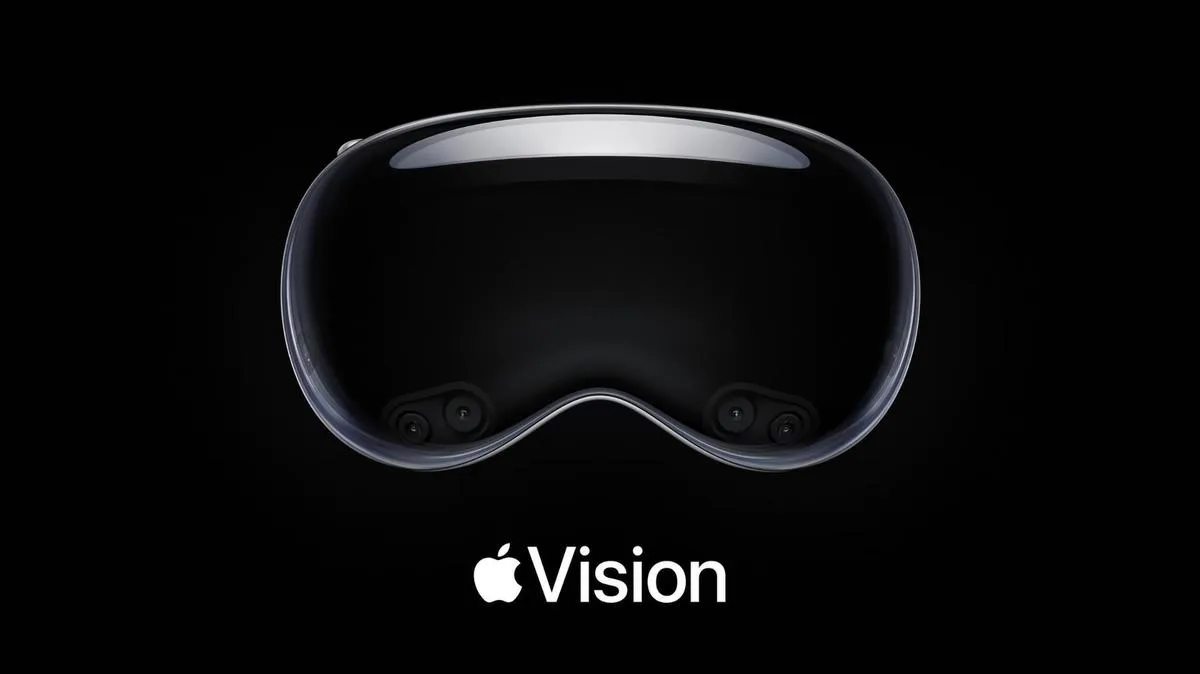
Renowned supply chain analyst Ming-Chi Kuo has shared insights into Apple's product roadmap for headsets and glasses over the next three years. Kuo, who has been closely monitoring Apple's supply chain for over a decade, offers valuable predictions, although it's essential to recognize that not all of his forecasts materialize. Here’s a comprehensive overview of what Kuo anticipates from Apple in the coming years.
In September of last year, Kuo reported that Apple is gearing up for mass production of a revamped Apple Vision Pro headset featuring an M5 chipset in the latter half of 2025. According to Kuo, the updated headset will maintain most of its current specifications, with the only significant change being the chipset upgrade from the existing M2 used in the current model. The original launch of the Vision Pro faced considerable delays, and by its release date, newer Macs with the M3 chip had already hit the market, alongside the iPad Pro featuring the M4 chip.
The anticipated M5 chip has not been officially announced, but Apple has claimed the M4 offers a 50% increase in CPU performance and a quadrupled GPU capability compared to the M2. This suggests that the upcoming Vision Pro could deliver a remarkable boost in performance. Notably, Bloomberg’s Mark Gurman corroborated Kuo’s claims, although he hinted at additional enhancements such as a lighter design and more competitive pricing, without providing specific details on weight reduction or pricing.
Apple Vision Air (2027)With the introduction of the Vision Pro, Apple seems poised to expand its portfolio with a more affordable headset. Kuo claims that production for the Apple Vision Air is set to commence in the second half of 2027, a shift from his previous assertion that its launch would be delayed beyond that year. Kuo's latest insights indicate that the Vision Air will be over 40% lighter than the current Vision Pro, achieved by integrating an A-series chipset (the same chip expected in the iPhone 19 Pro), reducing the number of sensors, and using materials like plastic instead of glass and magnesium instead of aluminum.
These revelations align with prior reports from Mark Gurman, who noted that Apple had been developing a more affordable model using an A-series chip. Furthermore, it is likely that the Vision Air will forego the EyeSight lenticular display found in the Vision Pro, focusing instead on cost-effectiveness.
All-New Apple Vision Pro (2028)Looking further ahead, Kuo predicts that Apple will unveil a next-generation Vision Pro in late 2028. This all-new model is expected to retain an M-series chipset while introducing a significantly lighter design at a lower price point compared to the current version.
For the past eight months, Mark Gurman has detailed Apple’s ambitions to launch a direct competitor to the Ray-Ban Meta glasses. According to Gurman, Apple's smart glasses will incorporate features such as cameras, microphones, and speakers, aimed at facilitating phone calls, music playback, live translations, turn-by-turn navigation, and multimodal AI capabilities, all powered by a new Apple-designed chipset inspired by the efficient S-series chips used in the Apple Watch.
While Gurman initially projected a 2027 launch, he later suggested that Apple is accelerating development for a potential late 2026 release. However, Kuo’s latest report contradicts this, indicating that mass production of the smart glasses won’t start until mid-2027, with suppliers estimating component shipments for 3-5 million units that year. For context, the Ray-Ban Meta glasses had reached 2 million units sold as of February, with plans for EssilorLuxottica to boost annual production capacity to 10 million by the end of 2026.
Display Glasses (On Hold)In January, Gurman reported that Apple had canceled its plans for AR display glasses requiring a connection to a Mac. Initially intended to be powered by an iPhone, the concept fell short in performance and battery life, prompting Apple to pivot to Mac-powered functionality. However, this led to unsatisfactory reviews, resulting in the project being paused rather than fully canceled. Kuo corroborates this, indicating that the glasses are currently under review for repositioning and specification refinement, leaving the door open for a potential restart.
True AR Glasses (2028)Aiming for the ultimate goal in augmented reality, Kuo claims that Apple plans to mass-produce true AR glasses by late 2028. These glasses are expected to utilize LCoS displays with waveguides, a technology that has powered many AR devices, including previous iterations of the HoloLens and Magic Leap headsets. Kuo noted that Apple is also developing another model of true AR glasses with a longer production timeline and less visibility.
Moreover, Gurman previously reported a secretive Apple team working on microLED displays for AR glasses. While microLED presents an ideal solution for AR applications due to its efficiency and image quality, challenges remain in achieving high-density mass production.
If Kuo's projections hold true, Apple's immediate plans for headsets include a refresh of the Vision Pro with the new M5 chip, while 2026 appears to be a quiet year for product launches. By 2027, however, Apple is expected to introduce a lighter and more affordable Vision Air along with smart glasses that integrate seamlessly with the Apple ecosystem. Looking ahead to 2028, Kuo indicates that a next-generation Vision Pro and the first true AR glasses will finally make their debut.
It’s crucial to approach Kuo's insights with caution, as his track record is mixed, and some of his statements contradict both his earlier reports and those from other reputable sources like Mark Gurman. Nevertheless, Kuo's insights provide a fascinating glimpse into Apple's potential direction in the ever-evolving world of augmented reality and wearable technology.